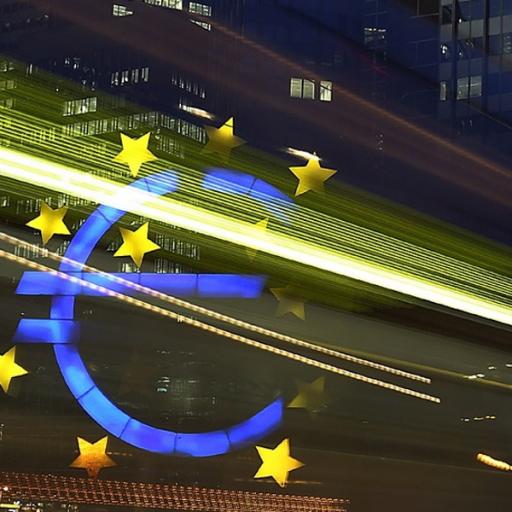In theoretical and empirical literature the impact of exchange rate volatility on the economy is a matter of a current debate. From one point of view, theoretical papers, such that of Obstfeld & Rogoff (1998), argue that exchange rate volatility is costly to the domestic economy. They illustrate that households and firms are negatively influenced through direct and indirect channels. The direct channel is based on the assumption that people are not happy with exchange rate fluctuations because they generate fluctuations in their consumption and leisure. The indirect channel assumes that firms set higher prices, in the form of a risk premium, in their attempt to hedge the risks of future exchange rate fluctuations. On the other hand, a different set of models, including that of Devereux & Engel (2003), supports the view that exchange rate volatility does not entail welfare costs. They show that domestic consumption is not affected if prices are fixed to the currency of the foreign country.
However, empirically it is more common that exchange rate volatility provokes costs for the domestic economy. In general, welfare costs are higher for developing countries than for developed countries. Egert & Morales-Zumaquero (2005) find that exchange rate volatility weakens exports in Central and Eastern European (CEE) countries with different effects across countries. An active application of the argument that exchange rate volatility is costly is the European Economic and Monetary Union (EMU). Exchange rate stability is crucial for the effectiveness of monetary convergence to the euro zone. In other words, in line with the theory of optimum currency area, the lower the exchange rate volatility, the greater the ability of two countries to share a common currency. Hence, the Maastricht Treaty has set the obligation of EMU candidate countries to retain exchange rate stability vis-à-vis the euro for at least two years before adopting the single currency.
The empirical literature on the direct examination of exchange rate volatility in EMU candidate countries is not rich. Bask & Luna (2005) found that with the creation of EMU, most of the European countries have been more stable and less volatile. However, specific facts can change the behavior of exchange rates. For instance, most of the currencies became more volatile when Denmark voted against the euro. Finally, they did not find evidence that monetary policy integration can negatively affect exchange rate stability.
A study that is more relevant – to EMU candidate countries – is that of Kocenda & Valachy (2006), which examines the behavior of exchange rate volatility for Poland, Hungary, Slovakia, and Czech Republic under fixed and floating exchange rate regimes. Applying a TGARCH model in order to capture any asymmetric effects in the process, they find that volatility is greater under a floating than under a fixed regime. This implies that the type of the regime is an important factor for exchange rate volatility. However, exchange rate volatility patterns are different across countries. In addition, they find that the effect of the interest rate differential on volatility is small, but it becomes higher under floating regimes. This is because under a fixed regime monetary policy is not independent and domestic interest rates are set by the foreign “anchor” country.
Kobor & Szekely (2004) find that exchange rate volatility (vis-à-vis the euro) in four CEE countries is subject to regime switching. Cross-correlations between exchange rates are higher when both exchange rates are in the high volatility regime, which implies higher spillover effects when exchange rates are volatile. In general, they find that high volatility is linked with depreciation periods, while low volatility comes with slow appreciation trends (for the domestic currency).
In the present study, consistent with the Maastricht exchange rate criterion, we examine the behavior of four CEE countries’ currencies vis-à-vis the euro. To be specific, we aim to define the sources of volatility of those exchange rates. We allow for monetary variables, real variables, and financial variables to assess the relevant importance of each of the variables to (potential) exchange rate volatility. In addition, we conduct the same analysis for selected EMU and former European Monetary System (EMS) members in order to examine the dynamic relationship among the corresponding exchange rates vis-à-vis the ECU and the above variables of interest during the pre-EMU period. Namely, the empirical investigation involves an ex-ante analysis for the cluster of CEE countries and an ex-post analysis for the cluster of EMU countries.
This paper contributes by shedding light on a number of important policy issues. First, the ex-ante analysis provides important information to the monetary authorities about which part of the economy induces most exchange rate volatility. Thanks to this information, policy makers in CEE countries are aware of the channels which transmit volatility to the exchange rate and by applying the appropriate policy can stabilize those disturbances in order to avoid excessive fluctuation of their exchange rates per euro (for those countries which follow a free-floating or managed-floating regime) and excessive pressure on the currency (for those countries which have chosen to peg the exchange rate at the fixed central rate). Second, we can infer whether monetary- based or real-based shocks are most important in explaining exchange rate behavior. This information is helpful in evaluating the applied exchange rate policy against the euro until the time of adoption of the single currency. If monetary shocks are more important then a fixed regime is appropriate. In contrast, if real shocks drive exchange rate developments then a floating exchange rate regime seems to be appropriate. Third, our results indicate how a potential entry of the CEE countries in the EMU can affect the euro zone itself. We investigate whether exchange rate volatility across countries has a common source which can be treated by a common monetary policy (i.e. ECB’s monetary policy). Finally, the ex-post analysis informs us whether the source of exchange rate volatility can be accused, inter alia, for the EMS crisis.







